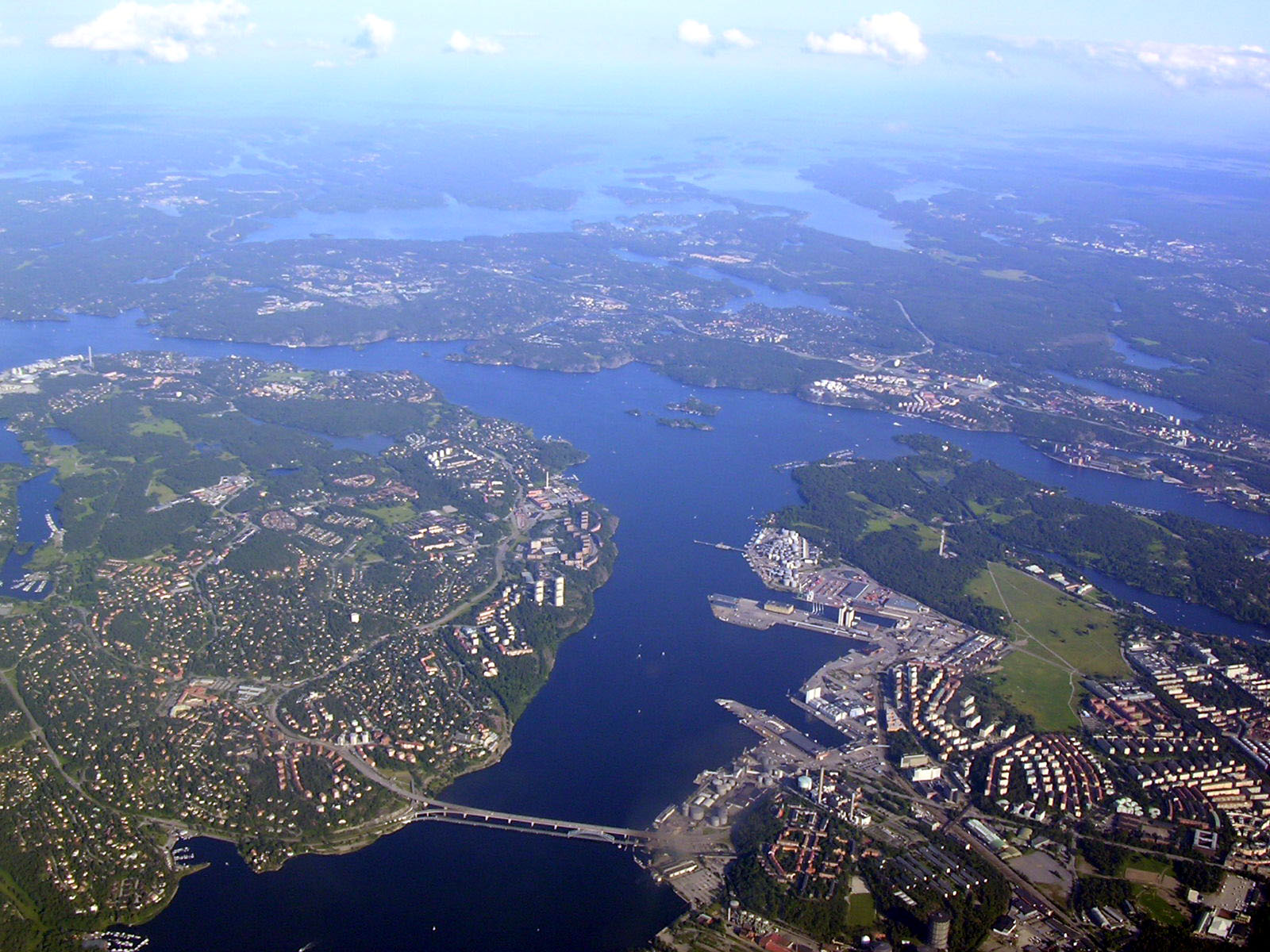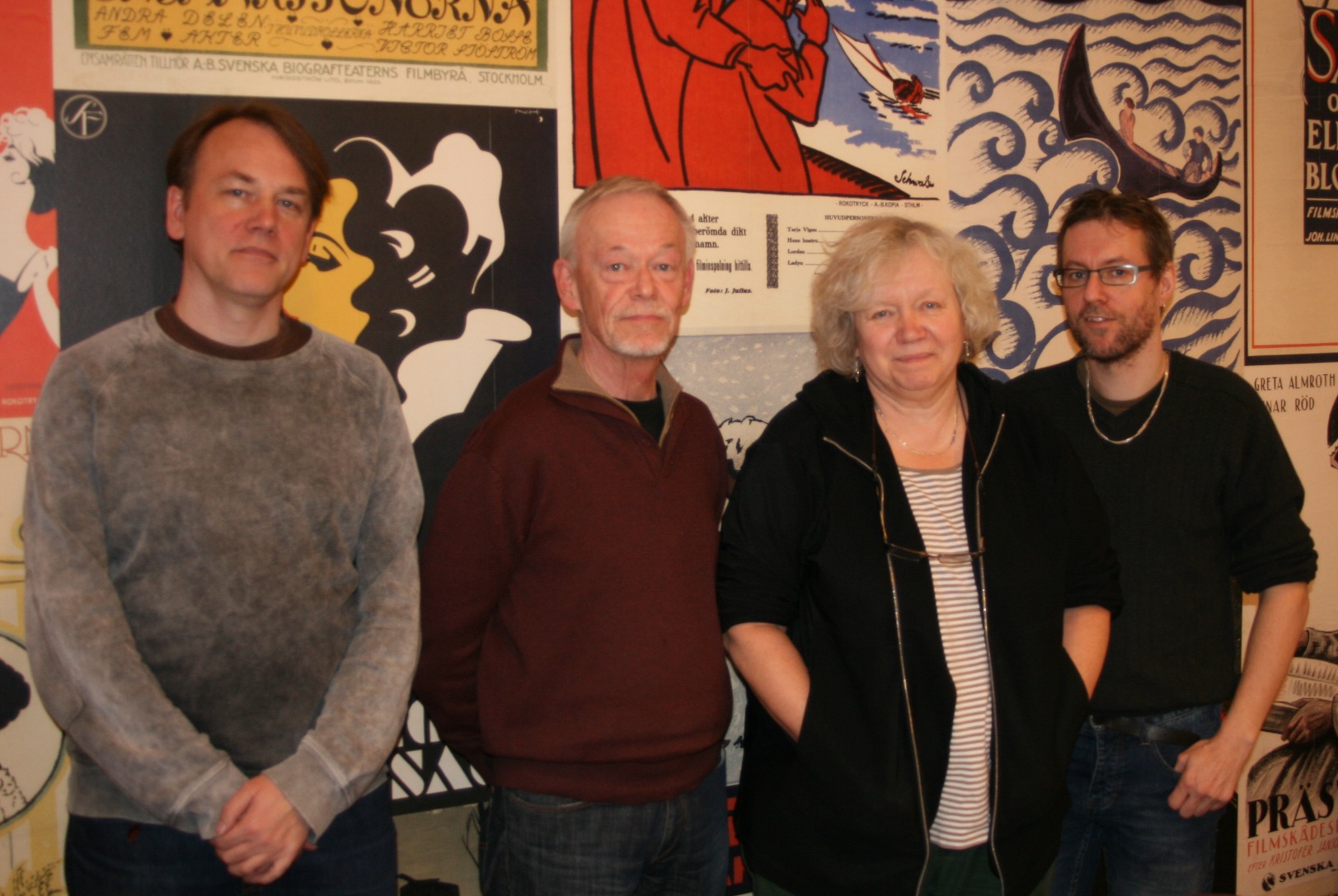|
Sir Arne's Treasure
''Sir Arne's Treasure'' ( sv, Herr Arnes pengar) is a 1919 Swedish crime-drama film directed by Mauritz Stiller, starring Richard Lund, Hjalmar Selander, Concordia Selander and Mary Johnson. It is based on the novel '' The Treasure'' by Selma Lagerlöf, originally published in 1903. The story takes place on the Swedish west coast during the 16th century, and revolves around a Scottish mercenary who murders a wealthy family for treasure, only to unwittingly begin a relationship with the surviving daughter of the family. Plot After discovering a conspiracy among his Scottish mercenaries, king Johan III orders them to leave the country and puts their commanders in jail. Sir Archie, Sir Filip and Sir Donald, three of the imprisoned commanders, successfully escape and flee to Marstrand, then under Danish rule, in hope of being able to return to Scotland. Sir Arne of Solberga is introduced as a wealthy man who is said to be under a curse. His treasure is said to have been looted from ... [...More Info...] [...Related Items...] OR: [Wikipedia] [Google] [Baidu] |
Mauritz Stiller
Mauritz Stiller (born Moshe Stiller, 17 July 1883 – 18 November 1928) was a Swedish film director of Finnish Jewish origin, best known for discovering Greta Garbo and bringing her to America. Stiller had been a pioneer of the Swedish film industry, writing and directing many short films from 1912. When Metro-Goldwyn-Mayer invited him to Hollywood as a director, he arrived with his new discovery Greta Gustafsson, whose screen name Greta Garbo is believed to have been his suggestion. After frequent disagreements with studio executives at MGM and Paramount Pictures, Stiller returned to Sweden, where he died soon afterwards. Life Moshe Stiller was born in Helsinki. His family was of Ashkenazi Jews, Ashkenazi Jewish heritage, having lived in Russia and Poland before settling in Finland, these countries being part of the Russian Empire. After his father's death when he was four, his mother committed suicide. He was raised by family friends. From an early age, Stiller was interes ... [...More Info...] [...Related Items...] OR: [Wikipedia] [Google] [Baidu] |
Wanda Rothgardt
Wanda Rothgardt (12 March 1905 – 16 June 1950) was a Swedish stage and film actress.Soila p.84 Rothgardt was the daughter of the actress Edla Rothgardt. She married the actor Semmy Friedmann with whom she had a daughter Jane Friedmann who also became an actress. After making her debut as a child actor, she appeared in twenty films. Her final film was ''Eva Eva or EVA may refer to: * Eva (name), a feminine given name Arts, entertainment, and media Fictional characters * Eva (Dynamite Entertainment), a comic book character by Dynamite Entertainment * Eva (''Devil May Cry''), Dante's mother in t ...'' (1948). Filmography References Bibliography * Soila, Tytti. ''The Cinema of Scandinavia''. Wallflower Press, 2005. Further reading * External links * 1905 births 1950 deaths Swedish stage actresses Swedish film actresses Swedish silent film actresses 20th-century Swedish actresses Actresses from Stockholm {{Sweden-actor-stub ... [...More Info...] [...Related Items...] OR: [Wikipedia] [Google] [Baidu] |
Alva Lundin
Alva Lundin (née Lindbohm; May 11, 1889 – February 1972) was a Swedish title card and credit designer and artist. Lundin began writing title cards when title cards first came to Sweden in 1919, several years after using title cards became common practice in the Hollywood film industry. Lundin has been regarded as a leader in the writing of title cards. Early life and education Born in Kvillinge, Östergötland in 1889, Lundin moved to Stockholm after the death of her father. From 1904 to 1906, Lundin attended the female section of Tekniska Skolan, later renamed the University College of Arts, Crafts, and Design, where she studied a variety of drawing and design techniques. This was during a time when attending art school as a woman in Sweden was an accepted but uncommon occurrence. Following her studies, Lundin worked as an illustrator and calligrapher at AB Hasse W. Tullberg. It is likely here that she would have met Sven Lundin, whom she married in 1915. After their marriage ... [...More Info...] [...Related Items...] OR: [Wikipedia] [Google] [Baidu] |
Ångermanland
Ångermanland ( or ) is a historical province (''landskap'') in the northern part of Sweden. It is bordered (clockwise from the north) by Swedish Lapland, Västerbotten, the Gulf of Bothnia, Medelpad and Jämtland. The name is derived from the Old Norse ''anger'', which means "deep fjord" and is a reference to the deep mouth of the Ångerman River (''Ångermanälven''). In earlier times the province was known, in medieval Latin, as Angermannia. Administration The traditional provinces of Sweden, while remaining culturally and historically important, no longer serve as administrative or political entities. The heartlands of Ångermanland lie in today's Västernorrland County, with the remainder of the traditional province now forming part of Västerbotten and Jämtland Counties. Heraldry The heraldic description of the arms of Ångermanland is: ''Azure three Salmons naiant Argent finned Gules, the middle one counternaiant'', which heraldic meaning is that the rivers have spaw ... [...More Info...] [...Related Items...] OR: [Wikipedia] [Google] [Baidu] |
Sollefteå
Sollefteå () is a locality and the seat of Sollefteå Municipality in Västernorrland County, Sweden with 8,562 inhabitants in 2010. The earliest written account on Sollefteå is found in a script dating back to 1270. During this time the name of the village was given as De Solatum - a name that can be interpreted as a composition of ''Sol'' (sun) and ''at'' (property) i.e. literally The sunlit region. ''De Solatum'' also can be interpreted as desolation, which means loneliness or remoteness (see Remote and isolated community). With Sollefteå being located at the lowest rapids of the Ångermanälven thereby making it the last outpost to which it was possible to sail. The village developed into a municipality. The town changed from a commercial town into a town dominated by the military when the two regiments T 3 (Logistics) and I 21 (Infantry) were located there in 1898 and 1911 respectively. In 1902 Sollefteå obtained the status of market town or ''köping'' before finally b ... [...More Info...] [...Related Items...] OR: [Wikipedia] [Google] [Baidu] |
Skutskär
Skutskär is a bimunicipal locality and the seat of Älvkarleby Municipality in Uppsala County, Sweden with 6,075 inhabitants in 2010. According to the census of 2000 6,003 people lived in Skutskär, most of them in Älvkarleby Municipality, but a minor part in Gävle Municipality in Gävleborg County. History Originally Skutskär was the area south and south-east from the industries located there. The first record of Skutskär (Ship Reef) is done 1741 and describes an anchoring point for the industries of Harnäs. The industries in question are iron smelting furnaces in Harnäs (shut down in the 1910s) and later the saw mill and wood pulp mill Skutskärsverken owned by Stora Enso which is still one of the largest in the world. This mill and its subcontractors remains by far the largest employer in Skutskär and the surrounding area. Skutskär back then had a large percentage of laborers and their families, which led to the building of all the facilities needed in a small town, i ... [...More Info...] [...Related Items...] OR: [Wikipedia] [Google] [Baidu] |
Lilla Värtan
Lilla Värtan ( sv, Smaller Värtan) or simply Värtan is a strait in Stockholm, Sweden. Separating mainland Stockholm from the island and municipality Lidingö, it stretches from Blockhusudden in the south to Stora Värtan in the north, and is joined by the Stocksundet mid-way. Two bridges, collectively called Lidingöbron ("Lidingö Bridge") stretch over the strait. While most of the coasts surrounding the strait are occupied by industries and the ferry terminals and oil tanks in the harbour area of Värtahamnen, natural beaches are found in both the southern and the northern end of the strait and the strait forms part of the Royal National City Park. Most common fish species are Baltic herring, sea trout, and salmon. Stationary predator fishes, e.g. northern pike and perch, are exposed to raised levels of mercury. The area is considered an important wintering location for several birds species, including swans, Eurasian coot, common pochard, tufted duck, black-headed gull, ... [...More Info...] [...Related Items...] OR: [Wikipedia] [Google] [Baidu] |
Lidingö
Lidingö, also known in its definite form ''Lidingön'' and as ''Lidingölandet'', is an island in the inner Stockholm archipelago, northeast of Stockholm, Sweden. In 2010, the population of the Lidingö urban area on the island was 31,561. It is the seat of government of the Lidingö Municipality, Stockholm County. Lidingö's qualities have attracted affluent residents such as Björn Ulvaeus, Agnetha Fältskog, Anni-Frid Lyngstad and Benny Andersson of ABBA. Exclusive regions include the coastal region between Mölna and the east tip of the island, Gåshaga, as well as the east tip of the northern part of the horse shoe, called Elfvik. Notwithstanding the fact that many middle-class Swedes have moved to the island, (due to rental apartment construction projects), the inhabitants of the municipality remains the third wealthiest in Sweden after Danderyd and Täby. History Runic inscriptions Two runic inscriptions have been found on Lidingö. The latest, listed in Rundata as t ... [...More Info...] [...Related Items...] OR: [Wikipedia] [Google] [Baidu] |
Swedish Film Institute
The Swedish Film Institute ( sv, Svenska Filminstitutet) was founded in 1963 to support and develop the Swedish film industry. The institute is housed in the ''Filmhuset'' building located in Gärdet, Östermalm in Stockholm. The building, completed in 1970, was designed by architect Peter Celsing. Function The Swedish Film Institute supports Swedish filmmaking and allocates grants for production, distribution and public showing of Swedish films in Sweden. It also promotes Swedish cinema internationally. Furthermore, the Institute organises the annual Guldbagge Awards. The Swedish Film Database is published by the institute. Through the Swedish Film Agreement, between the Swedish state and the film and media industry, the Government of Sweden, the TV companies which were party to the agreement, and Sweden's cinema owners jointly fund the Film Institute and thus, indirectly, Swedish filmmaking. The agreement ran from January 1, 2006, until December 31, 2012. The building also ... [...More Info...] [...Related Items...] OR: [Wikipedia] [Google] [Baidu] |
Swedish Film Database
The Swedish Film Database ( sv, Svensk filmdatabas) is an Internet database about Swedish films, published by the Swedish Film Institute The Swedish Film Institute ( sv, Svenska Filminstitutet) was founded in 1963 to support and develop the Swedish film industry. The institute is housed in the ''Filmhuset'' building located in Gärdet, Östermalm in Stockholm. The building, comp .... It contains information about all Swedish films from 1897 onwards and foreign films that had cinema premiere in Sweden. It also provides many biographies of actors, directors, producers etc. who participated in Swedish films over the years. It is created with the support of the Bank of Sweden Tercentenary Foundation. The database comprises about 62,000 films (17,000 Swedish films) and 265,000 people. References External linksSwedish Film Database Swedish film websites Online film databases Databases in Sweden {{website-stub ... [...More Info...] [...Related Items...] OR: [Wikipedia] [Google] [Baidu] |





